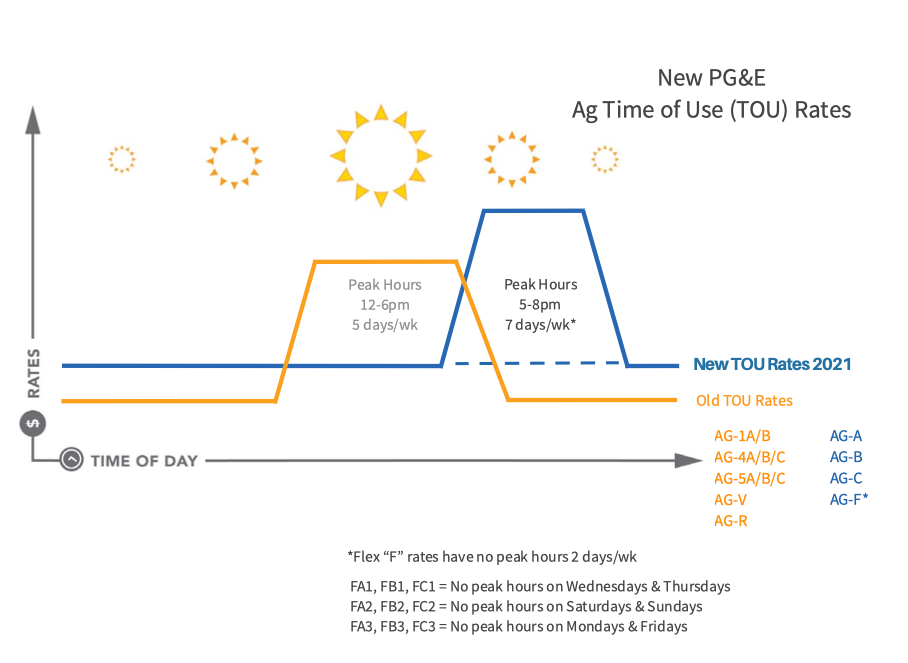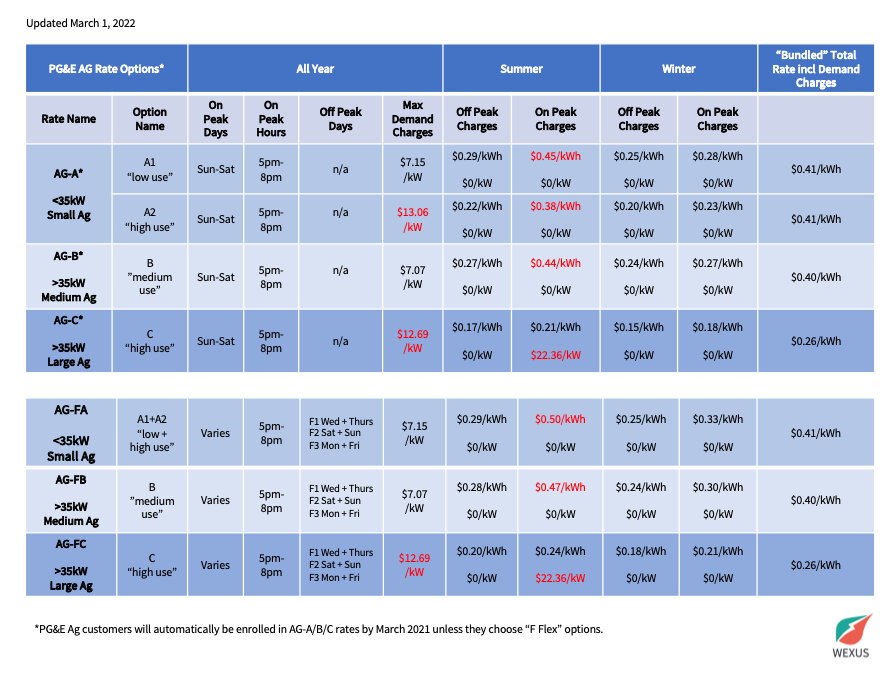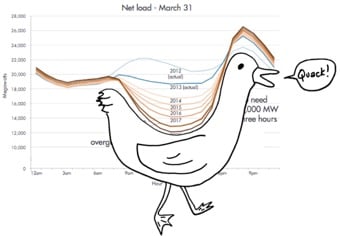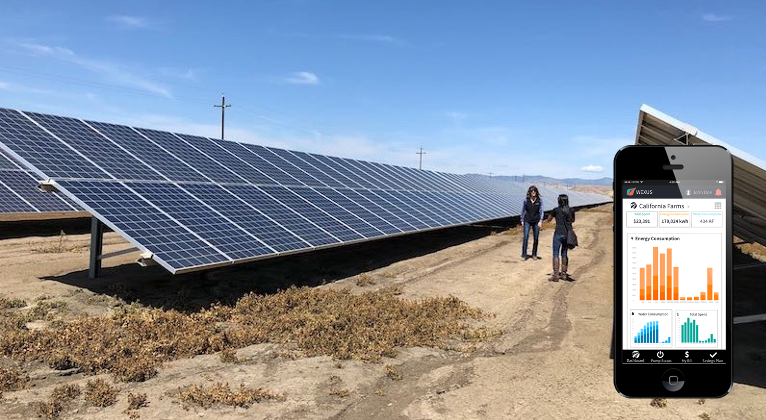A couple of years ago we noted here on our blog that "2020 is shaping up to see even MORE disruption in both the energy and water sectors, particularly in California."
Boy, was that an understatement...
Obviously, nobody could have predicted a global pandemic. But what really ratcheted up the stress for all of us in the Western US was the steady drumbeat of higher temperatures, dry conditions and wildfires due to extreme drought... and now we're facing the highest energy costs in the United States!
California Energy Market: The Nation's Largest And Most Expensive "Time of Use" (TOU) Energy Rate Rollout
California rolled out the nation's largest Time of Use (TOU) utility rate changes in 2021. The days of paying a "flat" rate for electricity are no more.
Specifically, the new Agricultural TOU rates became mandatory in March 2021. And these rates can be VERY EXPENSIVE if you don't tightly manage your "peak" energy usage between 5-8pm.
How expensive? On average, these new TOU rates cost about $0.40/kWh when you include or "blend" in the peak power demand and peak energy costs. By comparison, the average cost of energy in the United States is $0.10-$0.15/kWh (including residential and commercial customers). The previous TOU rates cost roughly $0.20-$0.25/kWh - which were already some of the highest in the country! To add insult to injury, some of the new peak power demand costs can reach as high as $22 PER KILOWATT!
- 💸 AG-A and AG-B blended rates are now ~$0.40/kWh
- 💸 AG-C peak demand charge increased ~$3 to $22.36/kW
- 😱 AG-FA peak energy charge is now $0.50/kWh
Time of Use: WHEN you use energy is just as important as HOW MUCH you use
Under the new TOU rates, you pay more for electricity during weekday and weekend afternoons between 5pm-8pm, seven days a week. And those costs on your utility bill are broken out between two different types of charges:
- energy consumed (i.e. the odometer) in $/kilowatt-hours ($/kWh)

- power consumed (i.e. the speedometer) in $/kilowatts ($/kW) - also known as "demand."

Confusing? YES. And it's designed to be that way so you just give up and pay your bill without asking too many questions. Hopefully these charts explain it a little more clearly:


So why is all of this changing now? Flattening out the "Duck Curve"
California has produced so much renewable energy in the form of solar and wind power that there's now a glut of excess power - generally in the afternoons when the sun is shining and the wind is blowing.
So the state now needs to flatten out this imbalance by incentivizing grid customers to use MORE energy in the afternoon and LESS in the evenings. Or store it.
This new grid imbalance is referred to in the energy industry as the "duck curve":

The "duck curve" with a midday drop in power consumption in Megawatts across California due to over-production of renewable energy. Credit: vox.com
Another reason for the rate changes (that doesn't get talked about as much) is the fact that it's expensive for utilities to run "standby" power plants to meet this imbalance. These "standby" plants are referred to in the energy industry as “peaker plants” that are typically fueled by natural gas - or coal - which can be subject to price swings in energy markets and environmental regulations. The recent winter storm fiasco in Texas is a perfect example of this!
The ultimate goal is to be able to store excess solar/wind energy with on-site batteries, or some other form of energy storage - including hydrogen fuel cells. So the new rates have been built to incentivize this and make grid loads more predictable. And let's be honest, this also siphons more money out of our pockets to go to monopoly utility companies that have had horrendous safety records and had to declare bankruptcy in recent years (looking at you, PG&E).
So what's the bottom line for my farm?
Farms that have invested in on-site solar projects need to watch this closely. They may - or may not - see their original expected savings and ROI promised by their original solar contract now that these new rates are live.
Older solar projects that were connected to the grid can keep their net energy metering (NEM) on their original utility rate plans i.e. "grandfathering" at least for a few more years. Newer solar projects, however, don't have this option and will have to enroll in the new, costlier rate plans. For larger operations, investing in on-site energy storage or battery systems could be a compelling option to avoid the new, costly peak hours between 5-8pm.
Our software quickly analyzes these new TOU rates and matches them with your energy bills and consumption, your solar generation, and your irrigation pump loads over the past few years to automatically select the cheapest TOU rates and maximize your cost savings. Doing this manually is impossible.
All of these changes are clear as mud. I have a business to run. What should I do next?
You're not alone. We're seeing changes in the energy landscape faster than ever before. So leave the heavy-lifting to the energy engineers of Team Wexus.
- For more information about how Wexus can help you drive energy and water efficiency, automation and cost savings check out our home page here where you can schedule a demo of our software platform or sign up for a free proposal.
- For product and news updates, case studies and product tutorials check out our blog page here.
- Be sure to follow us for the latest updates and news on Twitter,, LinkedIn and YouTube.
